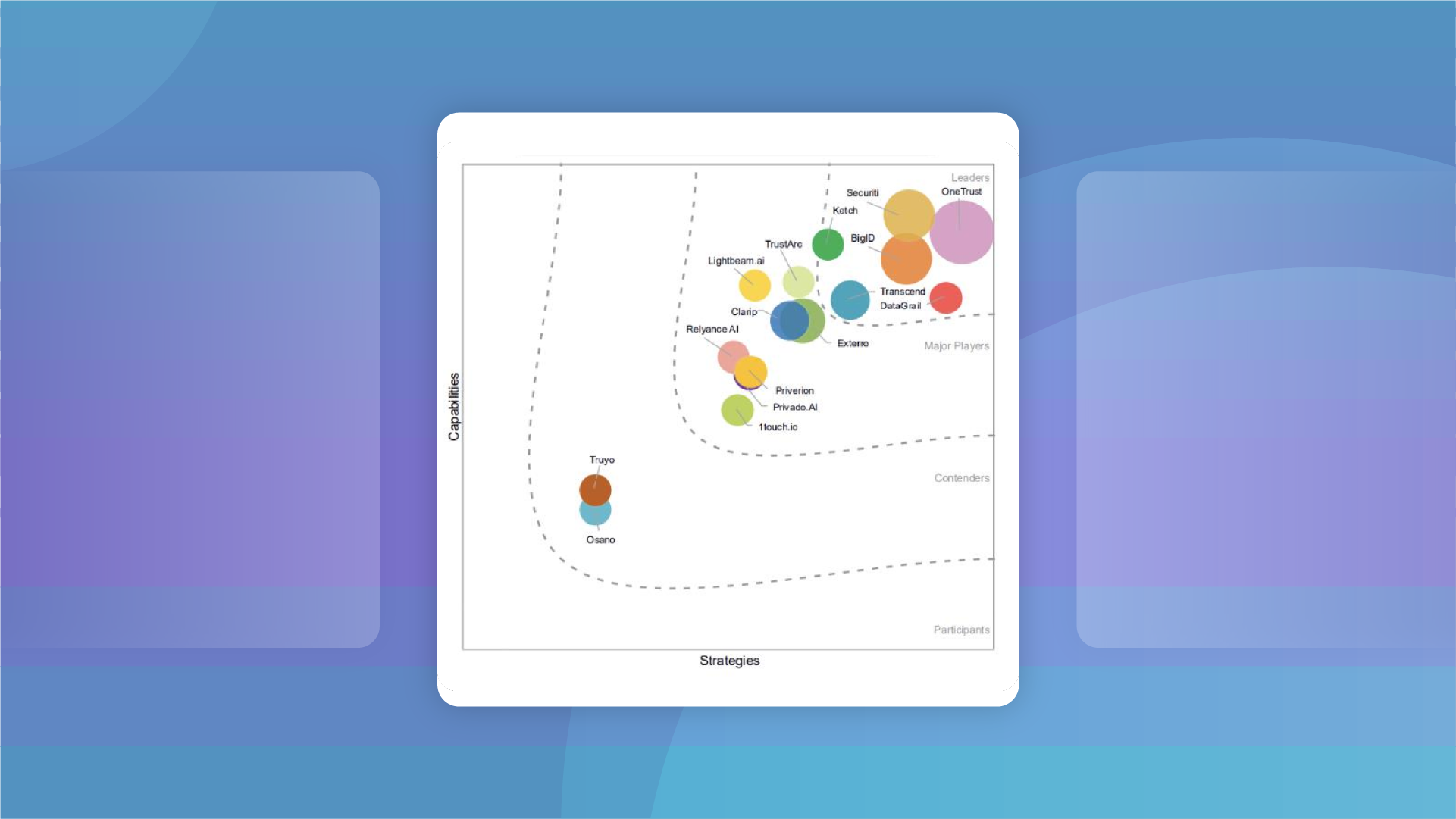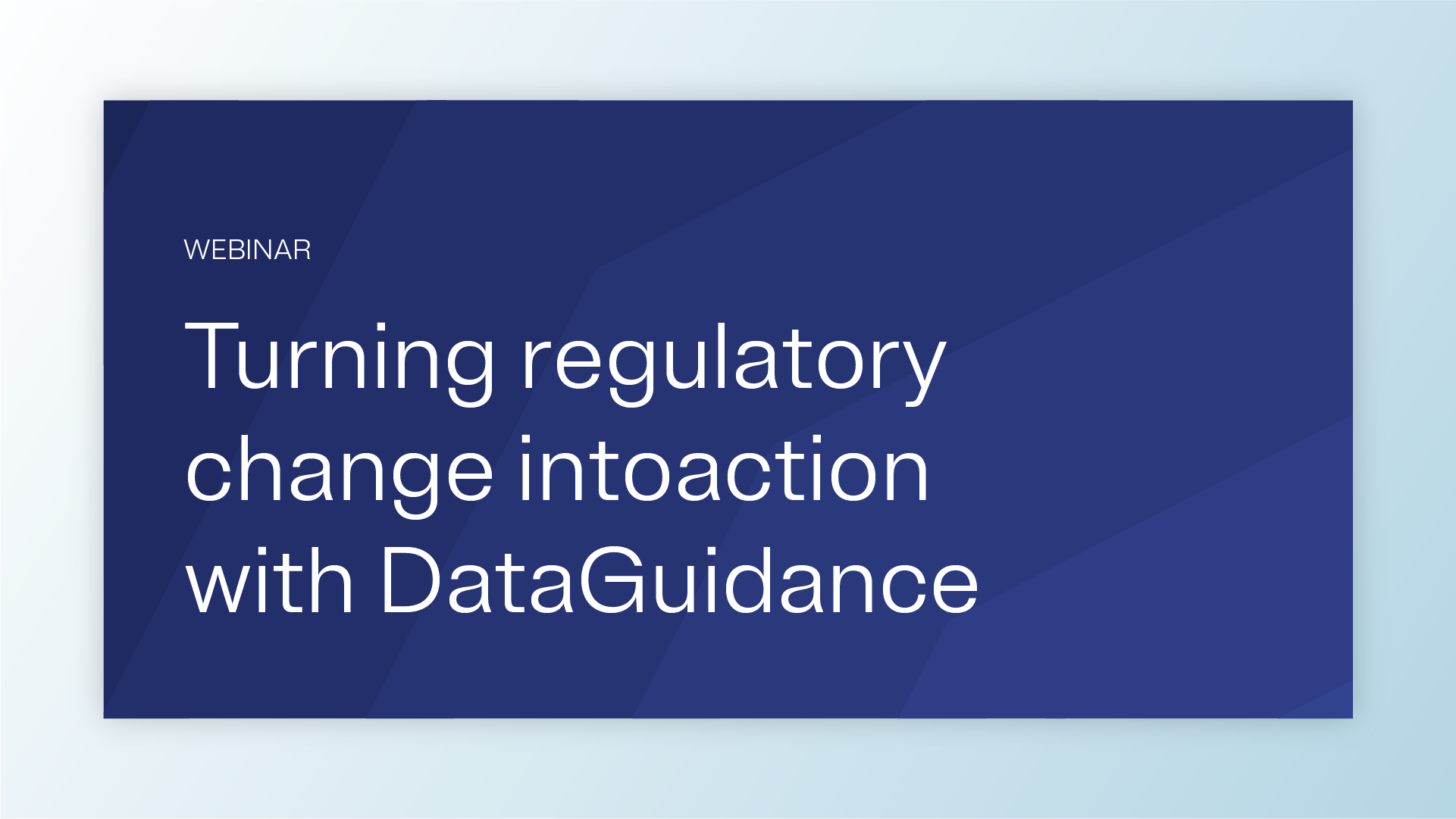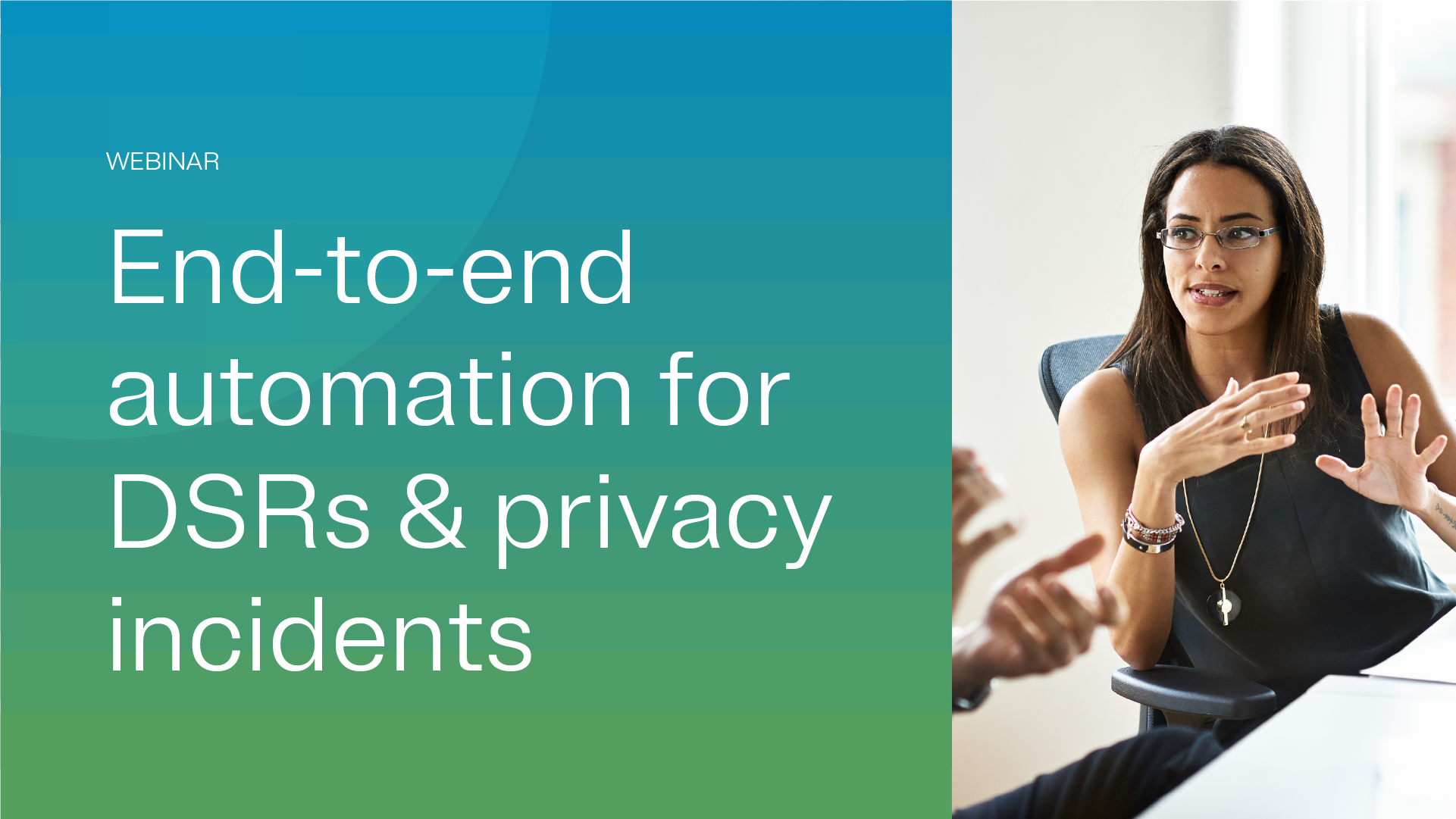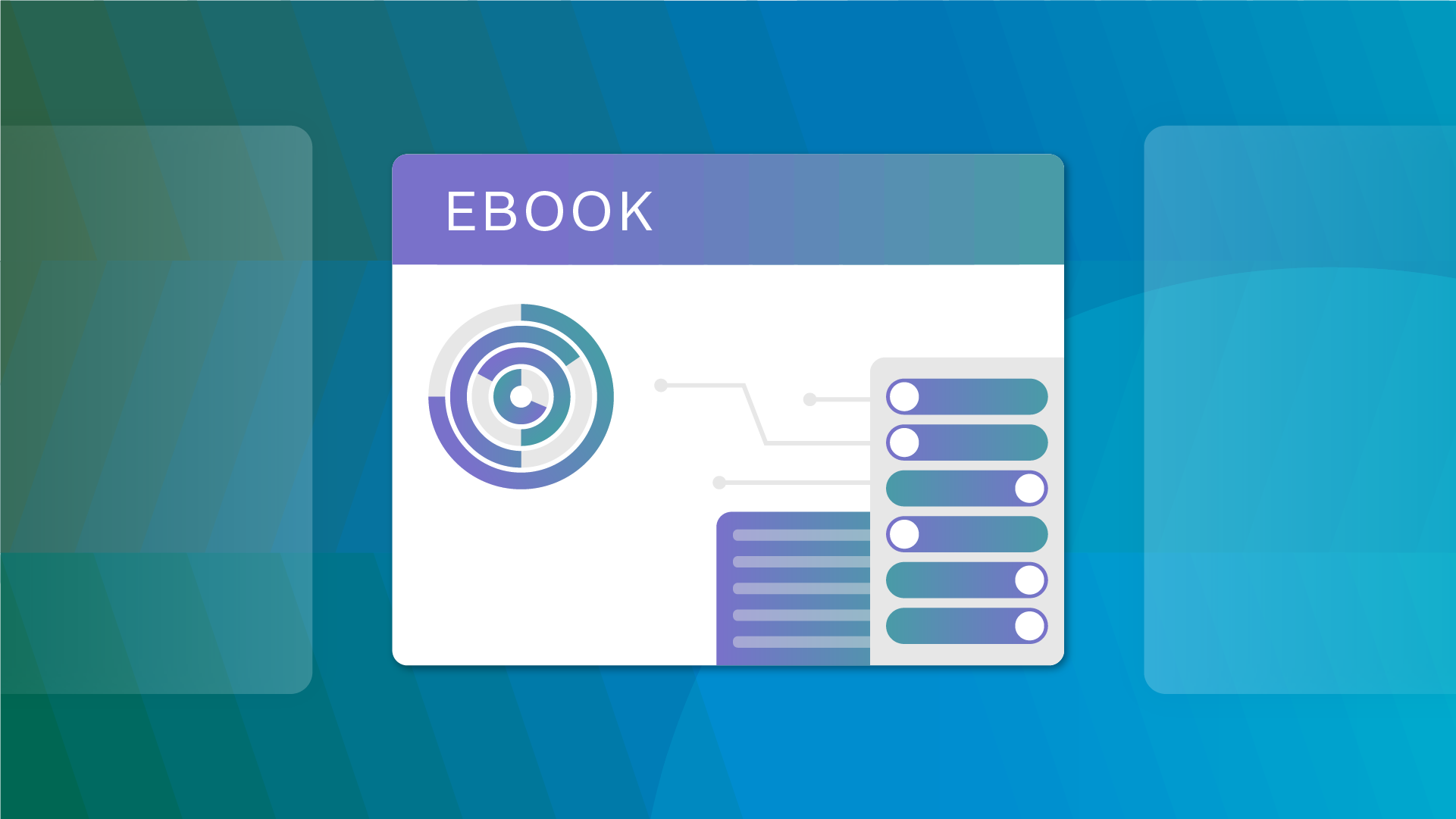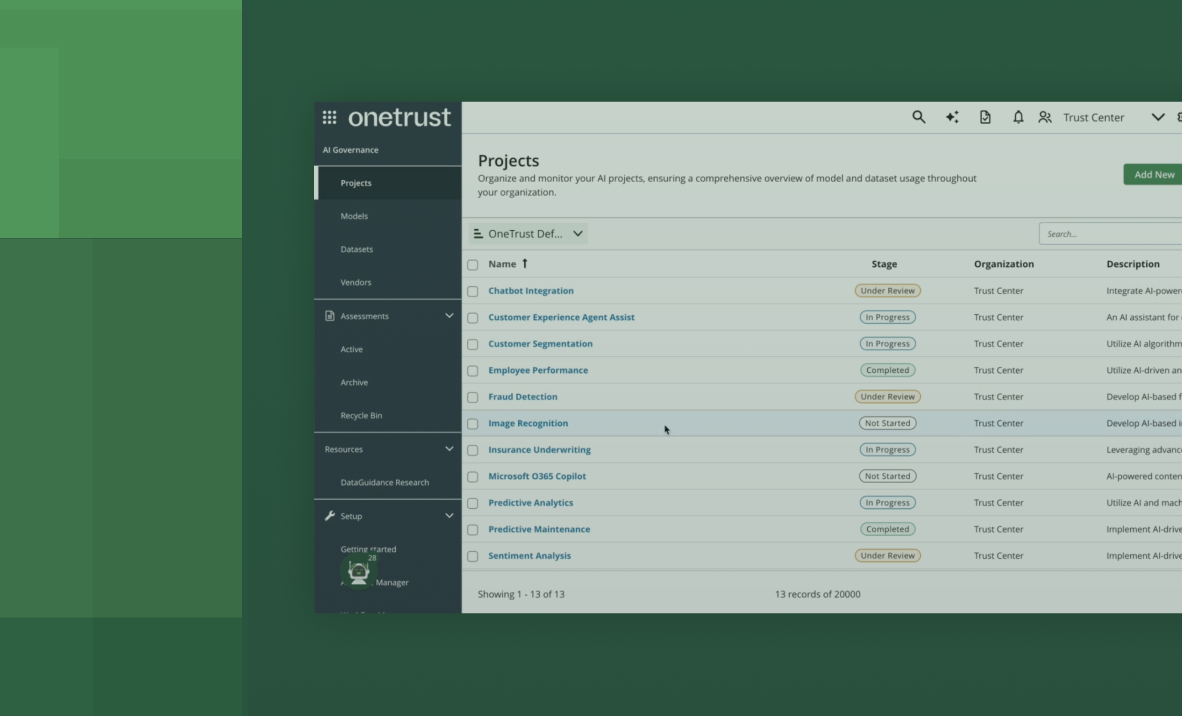Today’s businesses are experiencing a boom in the volume, variety, and velocity of personal data they receive, process, and retain.
In 2020, approximately 1.7 MB of data came into existence every second for each person worldwide. Users and businesses are creating more than 2.5 quintillion bytes of data every day. These rates will continue to grow year over year.
With this much available information, it’s no wonder 95% of businesses for instance say they need to improve the data management processes associated with their unstructured data.
This trend creates both opportunities and challenges for controlling an organization’s data, particularly regarding data retention policies for large, dispersed databases.
Data retention opportunities
The exchange of personal data provides a gateway for businesses to offer value to their customers. About 7 in 10 consumers are willing to share health, exercise, and driving habit data to access lower insurance rates. This represents a 19% increase in two years.
Equipped with more data sets, teams can improve how they innovate, accelerate change, and provide personalized consumer experiences. By balancing business requirements and privacy laws with this data-value exchange, organizations stand to gain better customer loyalty outcomes, increased profitability, and decreased risk of non-compliance.
Data retention challenges
Aside from the General Data Protection Regulation (GDPR), several new regulations address data retention requirements. This includes the California Privacy Rights Act (CPRA) storage limitation, which instructs businesses and service providers to only hold onto mission-critical data and eliminate what isn’t to protect personal privacy.
While many organizations develop retention policies, they require a significant effort to implement. That’s why among 80% of companies with a defined data retention policy, only one in three provides data to process owners for destruction. Additionally, anonymization and pseudonymization aren’t widespread, with only 17% of organizations adopting these practices.
When businesses don’t practice sound data governance, consumer trust erodes. About 50% of internet users are more likely to trust a company that limits the amount of personal information they collect about data subjects. However, this approach isn’t always an option depending on the industry.
Put data retention policies into practice
By operationalizing data retention, organizations can take another step towards securing consumer trust. While most data privacy teams, business process owners, and other stakeholders can agree on this, the inherent challenge is consistently scaling the effort across various (and often inconsistent) data types and locations.
Traditionally, implementing an effective data retention policy is labor-intensive. In many workplaces, locating different data in violation of policy is a manual process that requires combing through customer data manually.
This isn’t a realistic approach, given the volume and types of data that businesses process on a day-to-day basis. There’s an urgent need to develop processes that responsibly handle data throughout its lifecycle at scale. These processes should be able to answer — and sustainably operationalize — these four questions:
- How long should I retain this data?
- In what cases should I hold onto data beyond its retention period?
- In what circumstances should I immediately erase data once outside its retention period?
- What amount of time should my team hold onto data without established retention periods?
Manual processes no longer need to represent the status quo for record retention. Today’s privacy teams can leverage automation to operationalize data retention policies to meet regulatory requirements and business needs at scale.
By documenting and flagging violations with automation, teams can enforce data retention schedules and minimization policies faster and more effectively. This is especially helpful when you can unify data types and locations under one system to streamline regulatory compliance efforts.
Benefits of an automated data retention and deletion program
Teams that work with automated data retention and deletion programs can expect to:
- Reduce attack surfaces: The more data an organization stores, the more vulnerabilities that exist for attacks and breaches. Reducing the volume of data will also decrease the potential for data loss and an organization’s liability for damages.
- Improve security practices: Data deletion and erasure aren’t the same. Organizations — and possibly unauthorized agents — can recover deleted data. Erased data is irretrievable. Understanding and operationalizing this difference is critical for data retention programs.
- Streamline data costs: Data storage is costly. Between security efforts, audits, and privacy operations, the storage costs associated with data aren’t insignificant. Secure data erasure as part of an automated data retention program allows businesses to reuse storage media in a compliant and cost-effective manner. This is especially true compared to the costs of destroying and replacing storage media.
Automate data retention policy implementation with OneTrust
With OneTrust, you can automate your data retention program and gain access to the world’s largest database of regulatory research. Our features enable you to:
- Continuously scan and monitor assets across structured and unstructured data.
- Extract metadata to enforce retention and minimization policies in line with legal requirements.
- Leverage AI-delivered regulatory intelligence to know what to retain and understand how data retention laws vary from country to country.
- Update policies dynamically through the OneTrust interface.
- Enforce downstream removal or redaction of data through integrations.
Watch the webinar: How to Automate Retention Policies to learn more about the benefits of automating data retention policies.








